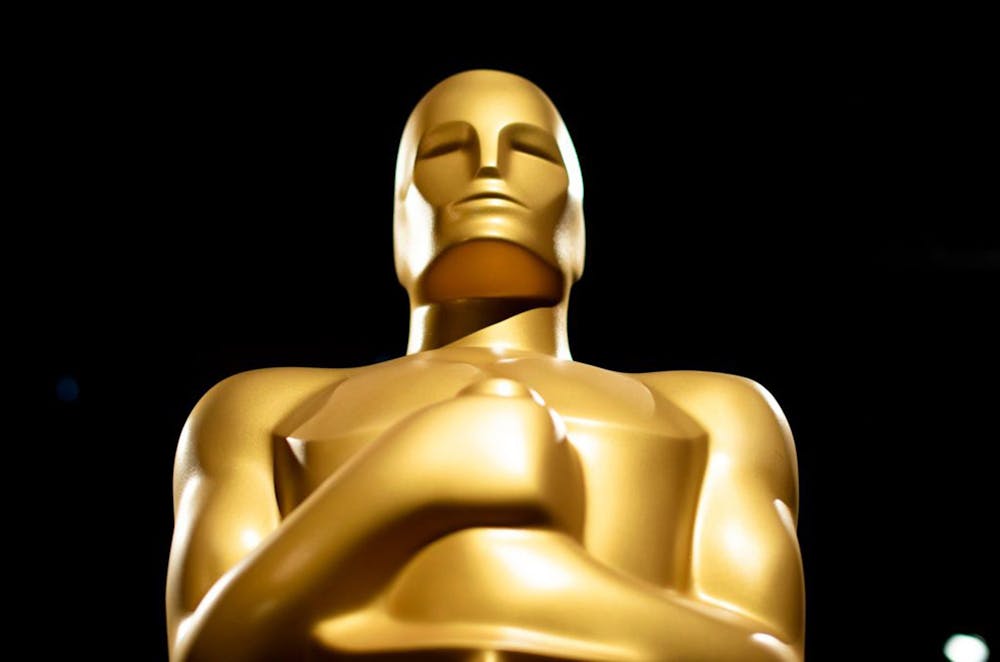Amid the craziness of 2020, the Academy of Motion Picture Arts and Sciences — often referred to as just the Academy — dropped some new requirements for films that hope to be Best Picture contenders at the Oscars.
The guidelines, called the Representation and Inclusion Standards for Oscars Eligibility, are a part of the Academy’s Aperture 2025 initiative to diversify the Academy in all areas. This includes the Oscars, governance and membership within the Academy, the Academy Museum of Motion Pictures and other currently existing initiatives.
These standards also involve changing the workplace culture in Hollywood. The Academy plans to do this by offering annual implicit bias training for all its members. The training will be mandatory for Academy governors, staff and executive committee members.
Beginning in 2024 with the 96th Oscars, two of the four standards listed by the act must be met in order to receive eligibility for a Best Picture nomination. The standards include the following:
Standard A: On-screen Representation, Themes and Narratives
- One lead actor or significant supporting actor from an underrepresented racial/ethnic group
- 30% of the general ensemble cast must be female, BIPOC, LGBTQ+ or disabled/deaf or hard of hearing
- The main storyline, theme or narrative is centered around one of the four aforementioned underrepresented groups.
Standard B: Creative Leadership and Project Team
- At least two creative leadership/department head positions are from the four underrepresented groups, and one must be fulfilled by a BIPOC minority
- At least six other crew/team and technical positions (excluding Production Assistants) are BIPOC minorities
- 30% of the film’s crew is from the four underrepresented groups
Standard C: Industry Access and Opportunities
- The film’s distribution or financing company has paid apprenticeships or internships that are from the aforementioned underrepresented groups
- The film’s production, distribution and/or financing company offers training and/or work opportunities for below-the-line skill development to people from the aforementioned underrepresented groups
Standard D: Audience Development
- The studio and/or film company has multiple in-house senior executives from among the aforementioned underrepresented groups (including BIPOC minorities) on their marketing, publicity and/or distribution teams
At first glance, these standards seem drastic, like they will make serious changes to the ways movies are made. However, many films could get by these guidelines without making any serious changes.
As only two of the four overall requirements must be met, a film could easily default to fulfilling the last two standards. Most production and distribution companies already have internship programs that give opportunities to underrepresented groups. Likewise, there are many women who work in marketing and publicity firms, easily fulfilling that standard.
The lack of firm accountability means a film could be made the exact same way, featuring mostly white actors, with a mostly white crew, centered around a white story and still receive a nomination. Many past nominated films that featured mostly white characters and stories already do meet those criteria.
These requirements may also unintentionally encourage performative casting and hiring. If a film is concerned it may not be eligible for a Best Picture nomination, the creatives behind that film could decide to throw a Black, female, handicapped or gay actor or character inthe movie with no real intention. While yes, that technically diversifies the film, it does not do so in a meaningful way.
On the flip side, these standards will likely encourage filmmakers to consider their stories and their teams more carefully to ensure that they are inclusive. This sort of mindset switch is where real change can be made on the representation and inclusion front.
If creatives begin intentionally looking for or creating stories that reflect the actual diversity of the world, opportunities for inclusion will begin to be more organic. We will see film companies take more chances on underrepresented filmmakers, see the benefits and continue to make similar moves.
Some might see the guidelines themselves as performative and useless, akin to Bill Maher. He thinks the Oscars are already overfull with diverse stories, citing just about every Best Picture-nominated film that centered around a non-white, straight, cis-gendered character or narrative in the last decade. The list he rattled off on “Real Time” had fewer than a dozen films on it.
“Look at the contenders and winners in recent years. They were nominated not by their popularity with audiences, but by diversity and virtue-signaling,” Maher said.
Compared to the several dozen films nominated since 2010 that rarely featured diverse actors and characters beyond the occasional minor role, the list Mahr put forward is bare at best.
It is my hope that, unlike Bill Maher, film companies and creatives will take these new guidelines as a challenge to be intentional about their diversity. They must do intentional work in order to change the industry to be more organically inclusive, so there is no longer a need for the Academy to strong-arm companies into diversity.





